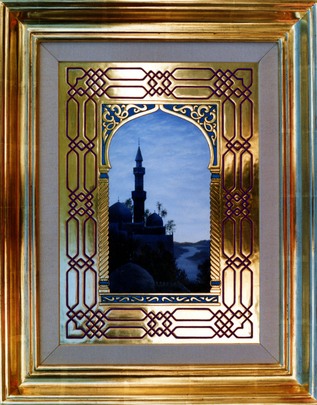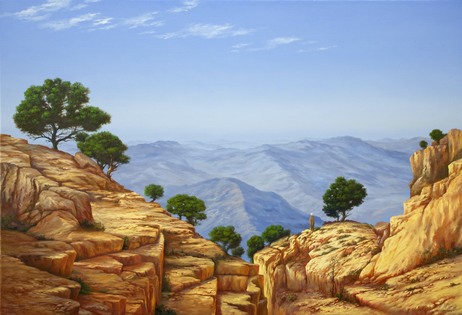Copyright © 2020 Philip Bouchard
www.bouchardpaintings.com
PHILIP BOUCHARD
Philip Bouchard
Phone + 44 7798 798 382
Email: bouchardpaintings@yahoo.co.uk




Arabia:
L'Artiste Malgré Lui -
"Once more I saw the evening star hanging like a solitaire from the pure front of the western firmament... Then would appear the woollen tents, low and black, of the true Bedouin, mere dots in the boundless waste of lion-
For Bouchard, Arabian nights with the shimmering beauty and colours of sunsets, were an endless source of inspiration for his paintings. Ancient cities rising like mirages out of desert landscapes or the marbled modern architecture of Riyadh -
Mosque by a River -
His book 'From Surrealism to Orientalism' (Immel Publishing London 1985) is a pictorial record of the influence of Arabia on his work.


“I love the Middle East. It was there that I started to paint more classically. I had found the landscapes that I was looking for and discovered the beauty and importance of desert dawns and sunsets, and the wonderful light”.
There is an almost biblical quality about some of the images. Groups of travellers exploring the vastness of the desert, solitary dreamers gazing out over surreal horizons.
In 1980 Bouchard accompanied a group of archaeologists on a three-
"Up until then most of my work had been totally from my imagination. Now however I was discovering a kind of surrealism in the stillness of the vast desert and the magic of the Middle Eastern light. All I had to do was to copy what I saw".

View from Jebel Soodah -

Like Byron's Childe Harolde, Bouchard was happy to make the desert a home for his art, for he seems most at ease when his brush is dipped in the Islamic palette. His full name is in fact Phillip Dahan-
Detail from Dawn over Wadi Hanifa -